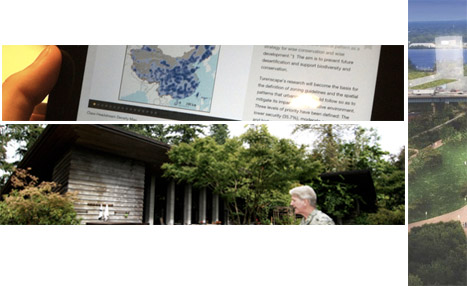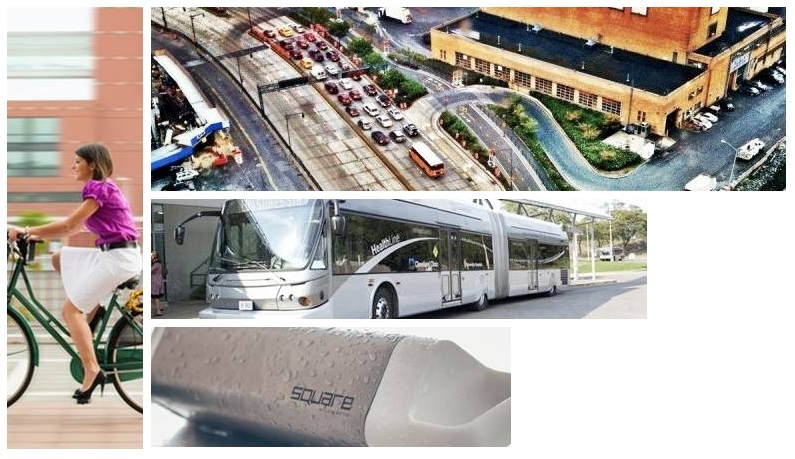 Preserving and maintaining Wright. An app for ecological urbanism. Soaking it up in Philly. Balancing design and value.
Preserving and maintaining Wright. An app for ecological urbanism. Soaking it up in Philly. Balancing design and value.
Frank Lloyd Wright conservancy. Build was invited by Larry Woodin, president of the Frank Lloyd Wright Building Conservancy, to visit the Frank Lloyd Wright-designed Tracy House in Normandy Park near Seattle. Build also talked to Woodin about how he got interested in architecture and Frank Lloyd Wright, and how he leads the charge on saving Wright houses from demolition.
Woodin discusses preservation and maintenance. “Maintenance is the priority. We must first ensure stability of the structure and provide the necessary upgrades. If the house is properly cared for, it’ll last a long time. Preservation and refinishing come after basic maintenance, and this includes adding elements that were in the original drawings but not built at the time (likely for reasons of cost). It’s important to draw that line and not do anything that we merely think Wright would have wanted but didn’t document.” – Larry Woodin
Via Build LLC Blog
App for sustainable urban design. Ryan Cunningham blogs about a new app called Ecological Urbanism created by Harvard’s Graduate School of Design, which is the start of a deep dive into innovation research with real prospects for finding urban sustainability treasure.
“The app is well mixed with information; with staple projects like the High Line and Masdar, and exotic new discoveries like “Effectual Decentralization,” a project in Argentina that plans urban subdivision by watersheds. The information has a Wikipedia like feel, but the target of innovative hits a well curated mark; nothing less then what you’d expect from Harvard.” – Ryan Cunningham
Via Metropolis POV
Competition to soak up water. The design competition, Infill Philadelphia: Soak it Up!, sponsored by the Philadelphia Water Department, U.S. Environmental Protection Agency, and Community Design Collaborative seeks to inspire teams of landscape architects, architects, and engineers to offer up sustainable, low-cost ”green stormwater infrastructure.”
The competition is part of a broader initiative in Philadelphia to use green infrastructure to revitalize communities. Bold, new ideas that come out of the programs will also be critical to “the implementation of Green City, Clean Waters, the city’s innovative, sustainable 25-year plan,” according to competition organizers.
Via The Dirt
More than a little paint. Nick Konen, marketing manager at HDR, blogs on his experience and lessons learned from flipping houses, and how those lessons can be applied to HDR clients.
“Our philosophy was to fix each house to a standard that we would feel comfortable living in. But design decisions become a bit more complex when you know how it affects potential profit. We spent time looking for the best value. At the check-out line, we would think twice before spending “a little extra” on kitchen tile. You can’t underestimate the importance of design. But at the same time, you can’t lose focus on the goal…to make money. It’s a delicate balance that requires both left and right brains.” – Nick Konen






 Smoking and public space. Lessons from a pilot park(let) project . Business from beetle blight. Consequences of turning on a light.
Smoking and public space. Lessons from a pilot park(let) project . Business from beetle blight. Consequences of turning on a light.

